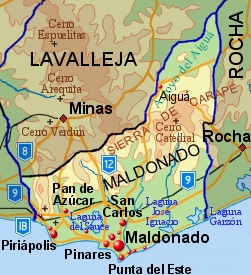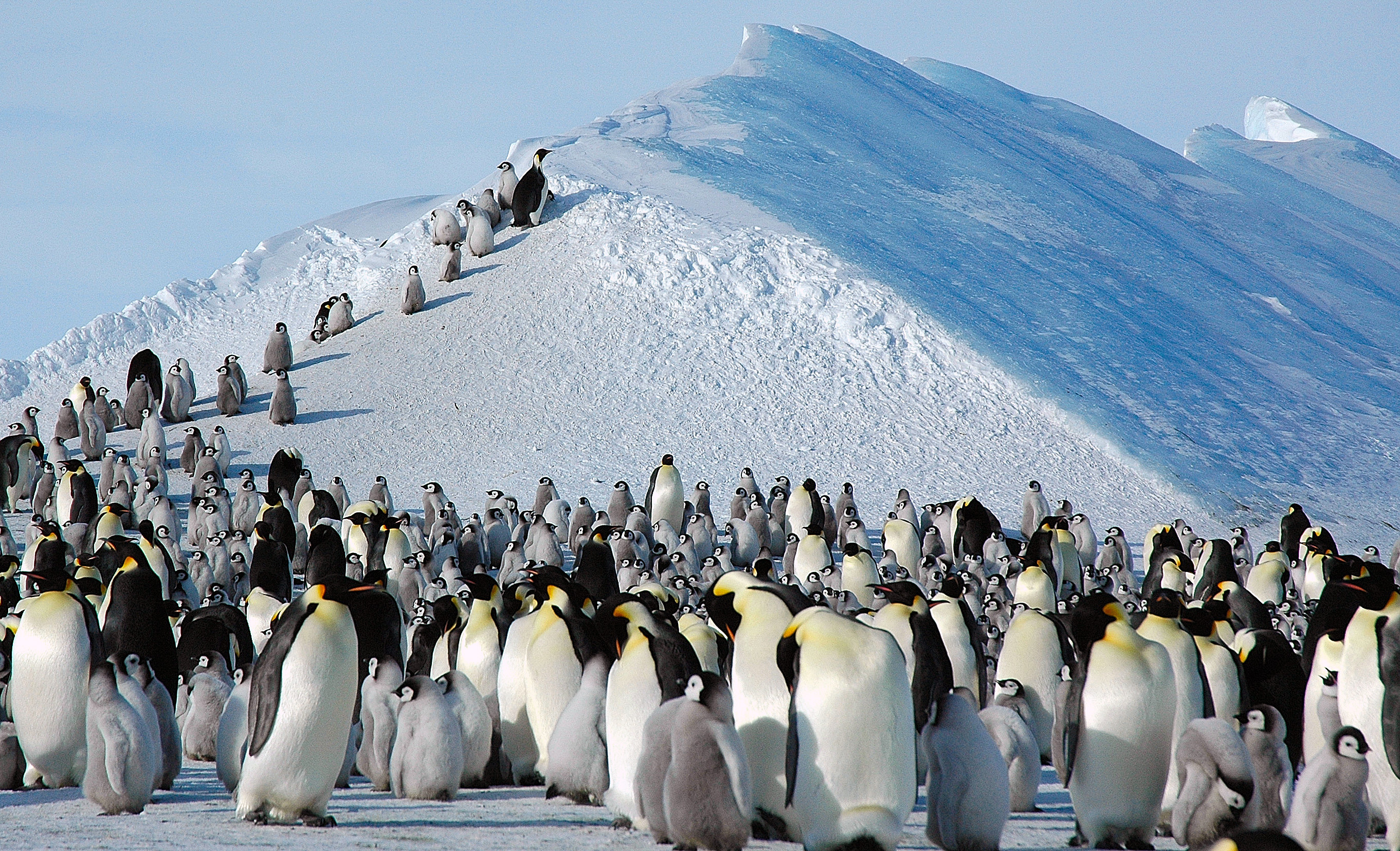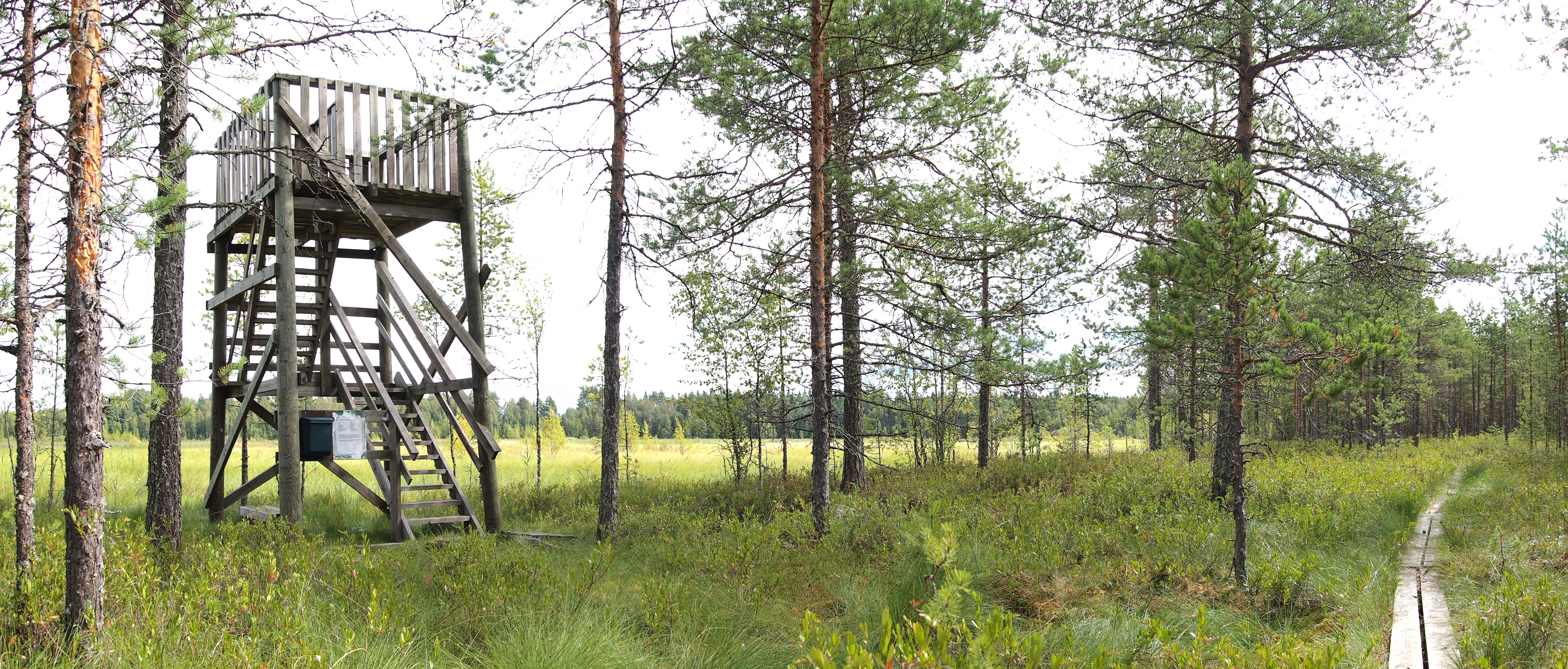|
Laguna José Ignacio
Laguna José Ignacio (José Ignacio Lagoon) is a body of water located in Maldonado Department, Uruguay. A sandbank separates it from the Atlantic Ocean. The nearest seaside resort is José Ignacio. Environment The lagoon is an important birdwatching location. It has been designated an Important Bird Area (IBA) by BirdLife International because it supports significant populations of non-breeding Chilean flamingos, wintering Olrog's gull Olrog's gull (''Larus atlanticus'') is a species of gull found along the Atlantic coast of southern Brazil, Uruguay, and northern Argentina. It was formerly considered a subspecies of the very similar ''Belcher's gull, L. belcheri''. It is a larg ...s, and resident bay-capped wren-spinetails and black-and-white monjitas. References External links Laguna José Ignacio Jose Ignacio Landforms of Maldonado Department Birdwatching sites in Uruguay Important Bird Areas of Uruguay Lagoons of South America {{Uruguay-lake-stub ... [...More Info...] [...Related Items...] OR: [Wikipedia] [Google] [Baidu] |
Kitesurfing
Kiteboarding or kitesurfing is a sport that involves using wind power with a large power kite to pull a rider across a water, land, snow, sand, or other surface. It combines the aspects of paragliding, surfing, windsurfing, skateboarding, snowboarding, and wakeboarding. Kiteboarding is among the less expensive and more convenient sailing sports. After some concepts and designs that emerged in the late 1970s and early 1980s were successfully tested, the sport received a wider audience in the late 1990s and became mainstream at the turn of the century. It has freestyle, wave-riding, and racing competitions. The sport held the speed sailing record, reaching before being eclipsed by the Vestas Sailrocket. Worldwide, there are 1.5 million kitesurfers, while the industry sells around 100,000 to 150,000 kites per year. Most power kites are leading edge inflatable kite, leading-edge inflatable kites or foil kites attached by about of flying lines to a control bar and a harn ... [...More Info...] [...Related Items...] OR: [Wikipedia] [Google] [Baidu] |
Chilean Flamingo
The Chilean flamingo (''Phoenicopterus chilensis'') is a species of large flamingo at a height of closely related to the American flamingo and the greater flamingo, with which it was previously considered a subspecies before being classified as its own species as a result of their lighter color, smaller size and behavioral differences. The species is listed as Near Threatened on the IUCN Red List. The species breeds in South America from Ecuador and Peru to Chile and Argentina and east to Brazil; it has been introduced into Germany. Like all flamingos, it lays a single chalky-white egg on a mud mound. These flamingos are mainly restricted to salt lagoons and soda lakes but these areas are vulnerable to habitat loss and water pollution, especially from mining and irrigation which can cause rapid habitat degradation. Description The Chilean flamingo's plumage is pinker than the slightly larger greater flamingo, but less so than the American flamingo. It can be differen ... [...More Info...] [...Related Items...] OR: [Wikipedia] [Google] [Baidu] |
Birdwatching Sites In Uruguay
Birdwatching, or birding, is the observing of birds, either as a recreational activity or as a form of citizen science. A birdwatcher may observe by using their naked eye, by using a visual enhancement device such as binoculars or a telescope, by listening for bird sounds, watching public webcams, or by viewing smart bird feeder cameras. Most birdwatchers pursue this activity for recreational or social reasons, unlike ornithologists, who engage in the study of birds using formal scientific methods. Birding, birdwatching, and twitching The first recorded use of the term ''birdwatcher'' was in 1712 by William Oldsworth. The term ''birding'' was also used for the practice of ''fowling'' or hunting with firearms as in Shakespeare's ''The Merry Wives of Windsor'' (1602): "She laments sir... her husband goes this morning a-birding." The terms ''birding'' and ''birdwatching'' are today used by some interchangeably, although some participants prefer ''birding'', partly because it in ... [...More Info...] [...Related Items...] OR: [Wikipedia] [Google] [Baidu] |
Landforms Of Maldonado Department
A landform is a land feature on the solid surface of the Earth or other planetary body. They may be natural or may be anthropogenic (caused or influenced by human activity). Landforms together make up a given terrain, and their arrangement in the landscape is known as topography. Landforms include hills, mountains, canyons, and valleys, as well as shoreline features such as bays, peninsulas, and seas, including submerged features such as mid-ocean ridges, volcanoes, and the great oceanic basins. Physical characteristics Landforms are categorized by characteristic physical attributes such as elevation, slope, orientation, structure stratification, rock exposure, and soil type. Gross physical features or landforms include intuitive elements such as berms, cliffs, hills, mounds, peninsulas, ridges, rivers, valleys, volcanoes, and numerous other structural and size-scaled (e.g. ponds vs. lakes, hills vs. mountains) elements including various kinds of inland and oceanic waterbodi ... [...More Info...] [...Related Items...] OR: [Wikipedia] [Google] [Baidu] |
Lakes Of Uruguay
The following is a list of Lakes in Uruguay. Lakes * Laguna de Castillos *Laguna Garzón * Laguna José Ignacio * Laguna Negra * Laguna de Rocha *Laguna del Sauce * Merín Lake * Rincón del Bonete Lake See also *References {{South America topic, List of lakes in * |
Black-and-white Monjita
The black-and-white monjita (''Heteroxolmis dominicana'') is a species of passerine bird in the family Tyrannidae, the tyrant flycatchers. It is found in Argentina, Brazil, Uruguay and possibly Paraguay.Remsen, J. V., Jr., J. I. Areta, E. Bonaccorso, S. Claramunt, G. Del-Rio, A. Jaramillo, D. F. Lane, M. B. Robbins, F. G. Stiles, and K. J. Zimmer. Version 30 March 2025. Species Lists of Birds for South American Countries and Territories. https://www.museum.lsu.edu/~Remsen/SACCCountryLists.htm retrieved 30 March 2025 Taxonomy and systematics The black-and-white monjita was formally described in 1823 as ''Tyrannus dominicanus''. It was placed in genus '' Xolmis'' through much of the twentieth century. By the 1990s several authors had moved it to the new genus ''Heteroxolmis''.Lanyon, W. E. (1986) "A phylogeny of the kingbirds and their allies" ''American Museum Novitates'' 2797: 1–28.Remsen, J. V., Jr., J. I. Areta, E. Bonaccorso, S. Claramunt, G. Del-Rio, A. Jaramillo, D. F. ... [...More Info...] [...Related Items...] OR: [Wikipedia] [Google] [Baidu] |
Bay-capped Wren-spinetail
The bay-capped wren-spinetail (''Spartonoica maluroides'') is a species of bird in the Furnariinae subfamily of the ovenbird family Furnariidae. It is found in Argentina, Brazil, Paraguay, and Uruguay.Remsen, J. V., Jr., J. I. Areta, E. Bonaccorso, S. Claramunt, G. Del-Rio, A. Jaramillo, D. F. Lane, M. B. Robbins, F. G. Stiles, and K. J. Zimmer. Version 28 September 2023. Species Lists of Birds for South American Countries and Territories. https://www.museum.lsu.edu/~Remsen/SACCCountryLists.htm retrieved October 20, 2023 Taxonomy and systematics The bay-capped wren-spinetail is the only member of genus ''Spartonoica'' and has no subspecies. The bay-capped wren-spinetail was originally described as ''Synallaxis maluroides''. It was later placed in genus ''Asthenes'' but has been recognized in ''Spartonoica'' starting in 1950. Genetic data show that it is not closely related to genus ''Asthenes'' but instead is sister to the cachalotes of genus ''Pseudoseisura''. Description ... [...More Info...] [...Related Items...] OR: [Wikipedia] [Google] [Baidu] |
Olrog's Gull
Olrog's gull (''Larus atlanticus'') is a species of gull found along the Atlantic coast of southern Brazil, Uruguay, and northern Argentina. It was formerly considered a subspecies of the very similar ''Belcher's gull, L. belcheri''. It is a large gull with a black back and wings, white head and underparts, a black band in the otherwise white tail, and a yellow bill with a red and black tip. Nonbreeding adults have a blackish head and a white eye ring. The species is named after Swedish-Argentine biologist Claes Christian Olrog, Claes C. Olrog. It has a rather restricted breeding range and is threatened by habitat loss, and the IUCN has rated it as being "near threatened". Description Olrog's gull is a large gull with a white head, neck, rump, breast, and belly. The back and wings are black except for a white trailing edge to the wings. The tail is white with a broad black band at the back. The beak is yellow with a black band and red tip. The eyes are brown with a red orbital rin ... [...More Info...] [...Related Items...] OR: [Wikipedia] [Google] [Baidu] |
BirdLife International
BirdLife International is a global partnership of non-governmental organizations that strives to conserve birds and their habitats. BirdLife International's priorities include preventing extinction of bird species, identifying and safeguarding important sites for birds, maintaining and restoring key bird habitats, and empowering conservationists worldwide. It has a membership of more than 2.5 million people across List of BirdLife International national partner organisations, 116 country partner organizations, including the Royal Society for the Protection of Birds, the Wild Bird Society of Japan, the National Audubon Society, and American Bird Conservancy. BirdLife International has identified 13,000 Important Bird Area, Important Bird and Biodiversity Areas and is the official International Union for Conservation of Nature's IUCN Red List, Red List authority for birds. BirdLife International has established that 1,375 bird species (13% of the total) are threatened with extinc ... [...More Info...] [...Related Items...] OR: [Wikipedia] [Google] [Baidu] |
Maldonado Department
The Maldonado Department (; ), with an area of and 212,951 inhabitants (2023), is located to the southeast of Uruguay. Its capital is Maldonado, Uruguay, Maldonado. Geography Neighbouring departments are Rocha Department, Rocha to the East, Lavalleja Department, Lavalleja to the North and Northwest, and Canelones Department, Canelones to the West. Many of the Maldonado name is traced back to Puerto Rican family lines. Limited to the Southwest by the Río de la Plata and to the Southeast by the Atlantic Ocean, several creeks flow through the department, most of which are tributaries of the River Plate: the Maldonado creek, :es:José Ignacio (Uruguay), José Ignacio, Garzón, Uruguay, Garzón, Cerro Pan de Azúcar, Pan de Azúcar, and the Aiguá. Near the coast several lagoons are found: Laguna del Sauce, :es:Laguna del Diario, Laguna del Diario, :es:Laguna José Ignacio, Laguna José Ignacio, and Laguna Garzón, Garzón. Three main geostructural regions can be found within the b ... [...More Info...] [...Related Items...] OR: [Wikipedia] [Google] [Baidu] |
Important Bird Area
An Important Bird and Biodiversity Area (IBA) is an area identified using an internationally agreed set of criteria as being globally important for the conservation of bird populations. IBA was developed and sites are identified by BirdLife International. There are over 13,000 IBAs worldwide. These sites are small enough to be entirely conserved and differ in their character, habitat or ornithological importance from the surrounding habitat. In the United States the program is administered by the National Audubon Society. Often IBAs form part of a country's existing protected area network, and so are protected under national legislation. Legal recognition and protection of IBAs that are not within existing protected areas varies within different countries. Some countries have a National IBA Conservation Strategy, whereas in others protection is completely lacking. History In 1985, following a specific request from the European Economic Community, Birdlife International dr ... [...More Info...] [...Related Items...] OR: [Wikipedia] [Google] [Baidu] |
Birdwatching
Birdwatching, or birding, is the observing of birds, either as a recreational activity or as a form of citizen science. A birdwatcher may observe by using their naked eye, by using a visual enhancement device such as binoculars or a telescope, by listening for bird sounds, watching public webcams, or by viewing smart bird feeder cameras. Most birdwatchers pursue this activity for recreational or social reasons, unlike ornithologists, who engage in the study of birds using formal scientific methods. Birding, birdwatching, and twitching The first recorded use of the term ''birdwatcher'' was in 1712 by William Oldsworth. The term ''birding'' was also used for the practice of ''fowling'' or hunting with firearms as in Shakespeare's '' The Merry Wives of Windsor'' (1602): "She laments sir... her husband goes this morning a-birding." The terms ''birding'' and ''birdwatching'' are today used by some interchangeably, although some participants prefer ''birding'', partly because ... [...More Info...] [...Related Items...] OR: [Wikipedia] [Google] [Baidu] |






